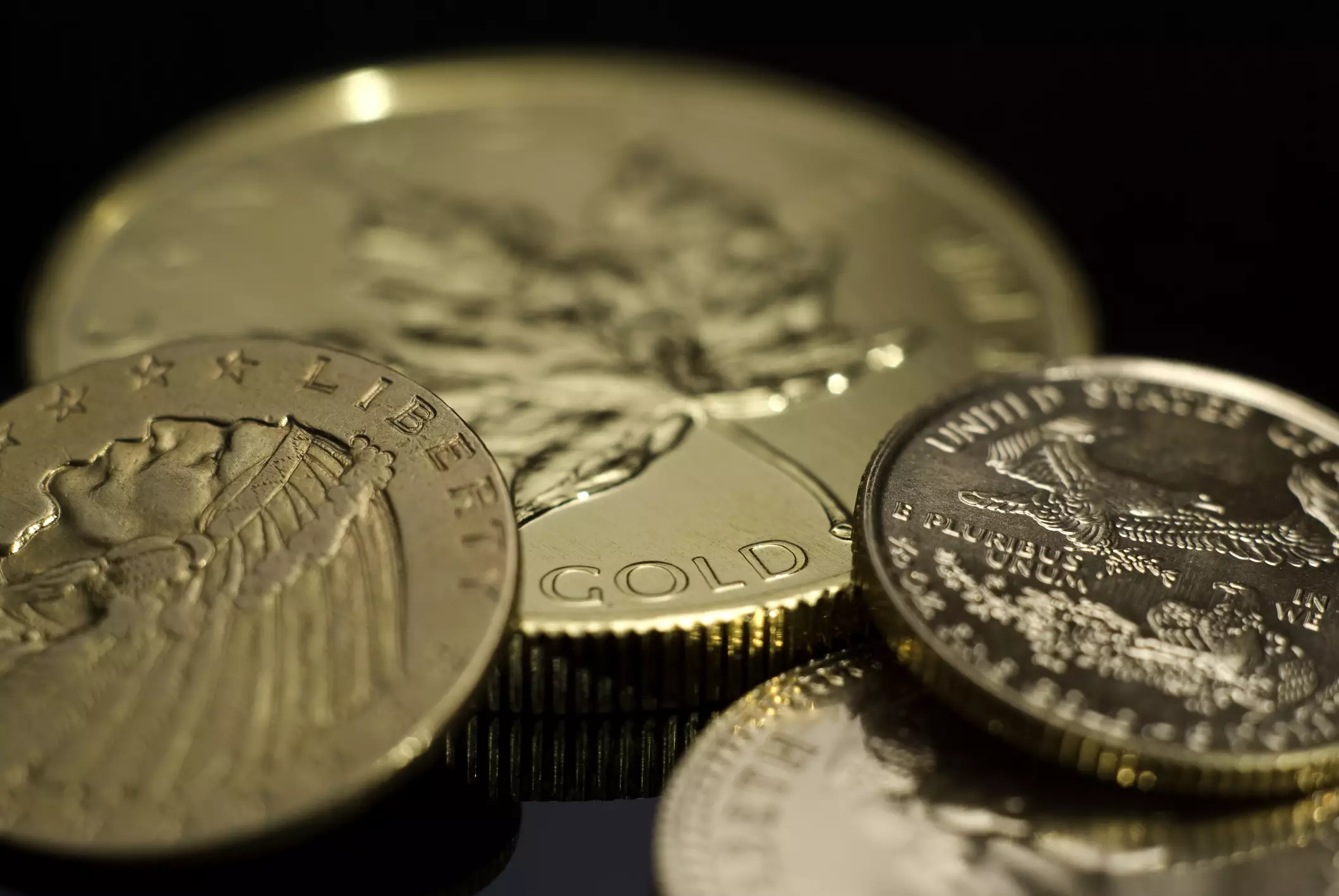The world of gold trading is currently experiencing pronounced volatility, dominated by geopolitical uncertainty and fluctuating market sentiments. As nations grapple with conflicts and economic shifts, the safe-haven allure of gold seems to intensify. In this article, we will delve into the factors driving gold prices, examine market sentiments, and explore potential future trends.
Recent developments in the Russia-Ukraine conflict have reignited safe haven demand among investors. The U.S. policy to permit Ukraine to deploy ATACMS missiles against Russian targets has heightened fears of escalated conflict, leading many traders to reposition their assets towards gold. This scenario reflects a classic safe-haven strategy where uncertainty pushes investors towards traditional secure assets, significantly affecting gold’s market dynamics.
Moreover, geopolitical tensions aren’t limited to the European theater. Ongoing issues in the Middle East also contribute to the growing apprehension surrounding investment stability. As geopolitical risks rise, gold emerges as a primary candidate for preservation of wealth amidst potential crises.
While geopolitical factors are crucial, economic data—particularly concerning the Federal Reserve’s monetary policy—also plays a significant role in shaping market sentiment. The anticipation of fewer rate cuts by the Fed in 2025 provides some support for the U.S. dollar. This raises a compelling question: can gold maintain its upward trajectory amid a stronger dollar?
The relationship between gold and the dollar tends to be inversely proportional. When the dollar strengthens, the appeal of gold as an investment diminishes, as it becomes more expensive for holders of other currencies. Even so, the recent geopolitical tensions have subdued some of this influence, creating a uniquely complex environment where two opposing forces are at play—economic policy and geopolitical instability.
Taking a cue from past market behaviors, analysts recall the significant surges in gold prices during heightened geopolitical tensions, such as during President Trump’s administration. Historical trends suggest that uncertainties, especially in relations with China and conflicts like the one with Iran, tended to drive gold prices substantially higher. Current speculations about a potential U.S.-China trade war echo past patterns that some market veterans may find familiar.
Goldman Sachs analysts foresee new records for gold prices by the end of 2025, reinforcing bullish sentiment amid this complex backdrop. This projection serves as a beacon for investors, as it suggests that the precious metal may be at the beginning of a notable upward trend.
The technical landscape for gold indicates intriguing dynamics worth analyzing. Despite temporary bearish signals, gold has demonstrated resilience, bouncing back following a dip below critical trendlines. The ability to find support at significant moving averages, like the 100-day, reinforces bullish prospects.
Currently, traders are scrutinizing resistance levels around $2639 and $2650, which may determine the metal’s next moves. A potential breakthrough could pave the way for gold to challenge its all-time highs. Conversely, should it falter, support levels between $2600 and $2624 will be closely watched.
Furthermore, given the anticipation of upcoming U.S. economic data releases—particularly the S&P Global PMI report—market participants are bracing for cues that could impact perceptions of the labor market and inflation projections.
As we look ahead, the dual forces of economic data and geopolitical events will undoubtedly shape the trajectory of gold prices. Investors should remain vigilant, closely monitoring global developments to adapt strategies accordingly. The current climate serves as a stark reminder of gold’s enduring reputation as a safeguard in tumultuous times.
While the bullish trend appears to be gaining strength, the volatility stemming from global events and economic indicators suggests that the gold market will require agile responses. The interplay between these factors will determine whether gold can break past historical thresholds or whether it will consolidate lower. As always, careful analysis and informed decision-making will be paramount in navigating this complex and evolving landscape.

